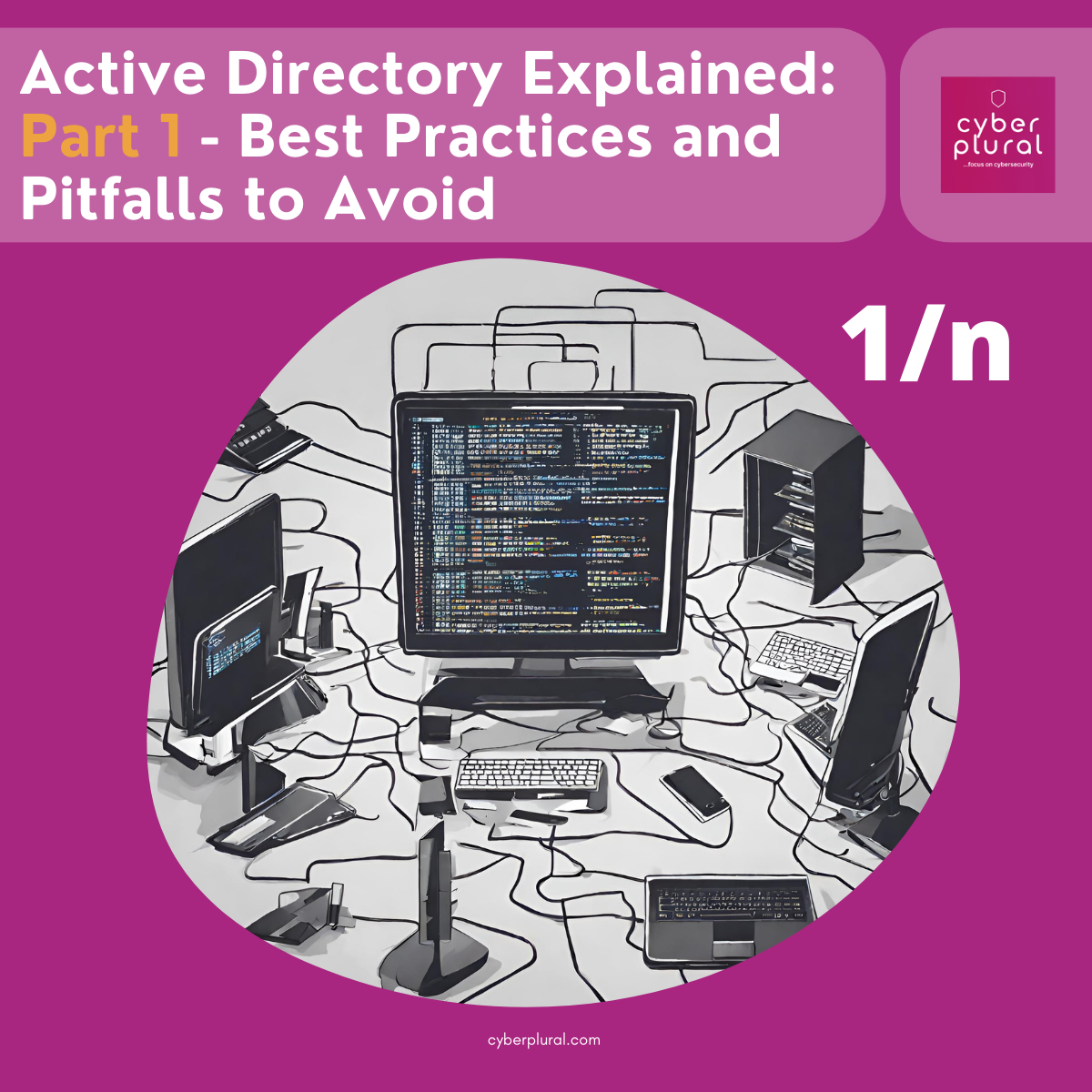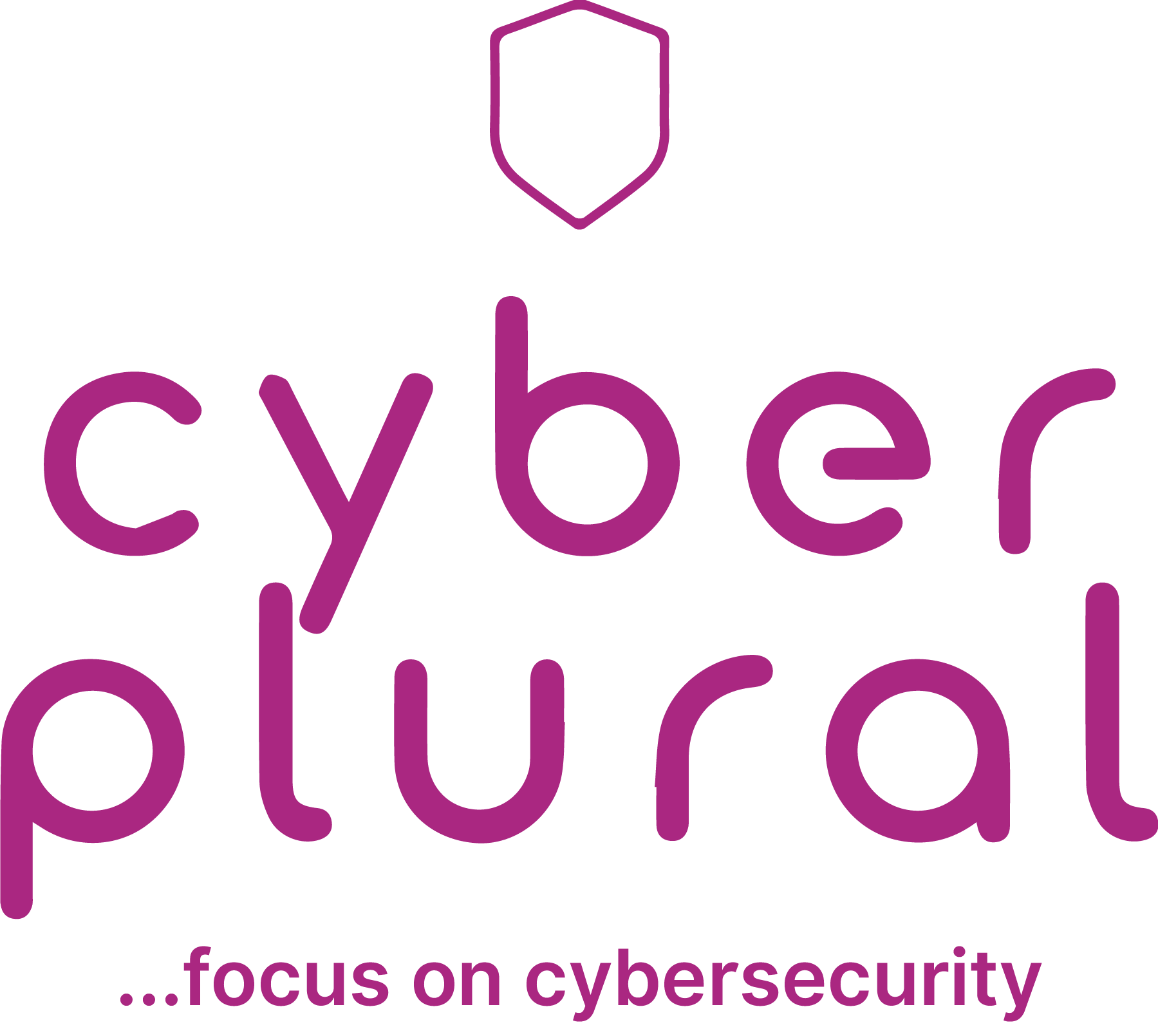Active Directory Explained: Part 1 – Best Practices and Pitfalls to Avoid

Active Directory is like a big digital phonebook for organizations that use Microsoft Windows computers. Imagine you have a big office building with lots of rooms and employees. Each employee has a name, phone number, and access to different rooms and files in the building.
Active Directory helps keep track of all this information in one place. It stores details about employees (like usernames, passwords, and email addresses), computers, printers, and other resources in your organization. One important job of Active Directory is to check if someone is allowed to access certain rooms or files in the building. It makes sure only authorized people can get in, based on their roles and permissions.
Think of Active Directory as the boss that manages who can enter which rooms, who can use which computers, and who has access to important files. It also helps ensure that everyone’s information stays secure and up-to-date.
Overall, Active Directory makes it easier for organizations to manage their computer networks and keep everything organized and secure.
Active Directory Misconfigurations
Active Directory is like the control center for user access in many big companies using Windows. It decides who can get into what parts of the company’s digital world. But, it’s also a big target for hackers because if they break in, they can get a lot of control.
Imagine you have a big office building with a security guard at the entrance. This guard checks IDs and lets people in based on their roles. Active Directory is like that guard but for your company’s computer systems.
Now, imagine the security guard falling asleep or letting someone in without checking their ID. That’s like a misconfiguration in Active Directory. It’s a mistake that leaves the door open for hackers to sneak in.
One common misconfiguration is when the security guard doesn’t check IDs properly, allowing someone unauthorized to get inside. In the computer world, this could happen if Active Directory doesn’t properly check user permissions or if it lets in users without proper authentication.
Now, imagine a hacker taking advantage of this. They pretend to be someone they’re not and gain access to sensitive parts of the company’s digital systems. They could steal data, mess things up, or even take control of the entire network.
So, understanding these misconfigurations is important. It’s like making sure the security guard stays awake and checks IDs properly. By fixing these mistakes, we can help keep the company’s digital world safe from hackers.
This blog marks the first installment in a series addressing Active Directory misconfigurations. In this initial post, we’ll delve into the following issues.
Misconfigured LLMNR
Imagine you’re in a big office building with lots of rooms, and you need to find someone. You call out their name, but no one answers. That’s when you try another method: asking around to see if anyone knows where they are.
In the computer world, this is similar to how LLMNR (Link-Local Multicast Name Resolution) works. It’s a Windows protocol that helps find other computers on the same network when the usual method, DNS (Domain Name System), doesn’t work.
Now, imagine someone tricks you by pretending to be the person you’re looking for. That’s what can happen if LLMNR isn’t set up securely. Hackers can intercept these requests and pretend to be the computer you’re looking for. They might then try to steal information or launch attacks on your network.
So, even though LLMNR is helpful when DNS fails, it can also be a weak spot if it’s not configured properly. It’s important to make sure it’s set up securely to protect your network from potential attacks.
Attacks associated with it
Picture this: You’re sending a confidential document to a colleague within your office network. You address it carefully and send it off, expecting it to reach the intended recipient securely.
However, unbeknownst to you, a malicious actor is lurking in the network shadows. They’ve set up a trap known as LLMNR poisoning. Here’s how it unfolds:
As your computer sends out a request to find your colleague’s computer using LLMNR, the attacker intercepts it. They respond to your computer’s request with falsified information, pretending to be your colleague’s computer. Your computer, trusting the response, sends the confidential document to the attacker’s computer instead.
It’s like the attacker intercepts your mail and reroutes it to their address, all while you remain completely unaware.
Now, armed with sensitive information, the attacker can exploit it for their gain. They might snoop through the document for valuable data, manipulate it for malicious purposes, or even hold it for ransom.
This scenario illustrates the danger of LLMNR poisoning. It’s not just a theoretical threat; it’s a real risk that can compromise the confidentiality and integrity of your network communications. Therefore, it’s crucial to implement security measures to safeguard against such attacks and protect your sensitive data from falling into the wrong hands.
Mitigations
Mitigating LLMNR poisoning requires implementing proactive measures to protect your network from this type of attack. Here are some effective strategies:
1. Disable LLMNR: Consider disabling LLMNR altogether if it’s not essential for your network operations. By turning off LLMNR, you eliminate the attack surface and reduce the risk of poisoning attacks.
2. Use DNSSEC: Deploy DNS Security Extensions (DNSSEC) to enhance the security of DNS queries and responses. DNSSEC adds cryptographic signatures to DNS data, allowing clients to verify the authenticity of DNS responses and detect any tampering attempts.
3. Enable SMB Signing: If your network relies on Server Message Block (SMB) for file sharing and resource access, enable SMB signing. SMB signing adds a digital signature to SMB packets, preventing attackers from tampering with or intercepting SMB communications.
4. Implement Network Segmentation: Divide your network into separate segments or VLANs and restrict LLMNR traffic between segments. This limits the scope of LLMNR poisoning attacks and prevents attackers from propagating their malicious activities across the entire network.
5. Use Endpoint Security Solutions: Deploy endpoint security solutions such as host-based intrusion detection systems (HIDS) or endpoint detection and response (EDR) solutions. These tools can detect and block suspicious LLMNR traffic and alert administrators to potential poisoning attempts.
By implementing these mitigation measures, you can significantly reduce the risk of LLMNR poisoning attacks and enhance the overall security posture of your network infrastructure. Remember that a layered approach to security is essential, combining technical controls with user education and awareness to mitigate potential threats effectively.
Misconfigured SMB
Attacks associated with it
Imagine you’re sending a message to a friend through someone you both trust, like a messenger. You hand over your message, expecting it to reach your friend safely. However, unbeknownst to you, there’s a sneaky hacker lurking in the shadows.
This hacker has set up a clever trap called SMB relay. Here’s how it works:
You give your message to the messenger, who’s supposed to deliver it to your friend. But instead of delivering it directly, the messenger hands it over to the hacker first. The hacker then has the opportunity to do all sorts of mischief:
1. Eavesdropping : The hacker can quietly listen in on your message, reading its contents without your knowledge.
2. Manipulation : They can tamper with the message, changing its contents to suit their malicious intentions. It’s like someone rewriting your letter before it reaches your friend.
3. Impersonation : In the worst-case scenario, the hacker might even pretend to be your friend and send a completely different message back to you. It’s like receiving a response from your friend, but it’s actually the hacker pulling the strings.
This scenario demonstrates the danger of SMB relay attacks. They exploit the trust between computers trying to communicate using the SMB (Server Message Block) protocol. By intercepting the data exchange, the hacker gains unauthorized access to sensitive information and can manipulate the conversation for their benefit.
To protect against SMB relay attacks, it’s crucial to implement strong security measures, such as encryption and authentication protocols, to ensure that communication between computers remains secure and trustworthy.
As we embark on this journey of exploring Active Directory misconfigurations, stay tuned for valuable insights and solutions to enhance your organization’s security posture. Remember, addressing these issues is crucial for safeguarding your network from potential threats. At CyberPlural, we specialize in providing comprehensive services tailored to address all your Active Directory needs. From audits and assessments to implementation and ongoing support, our team is here to help fortify your defenses and ensure the integrity of your network. Contact us today to learn more about how we can empower your organization with robust Active Directory solutions.
By Fortune Andrew-Igili and Abdulrahman Oyekunle

Leave a Reply